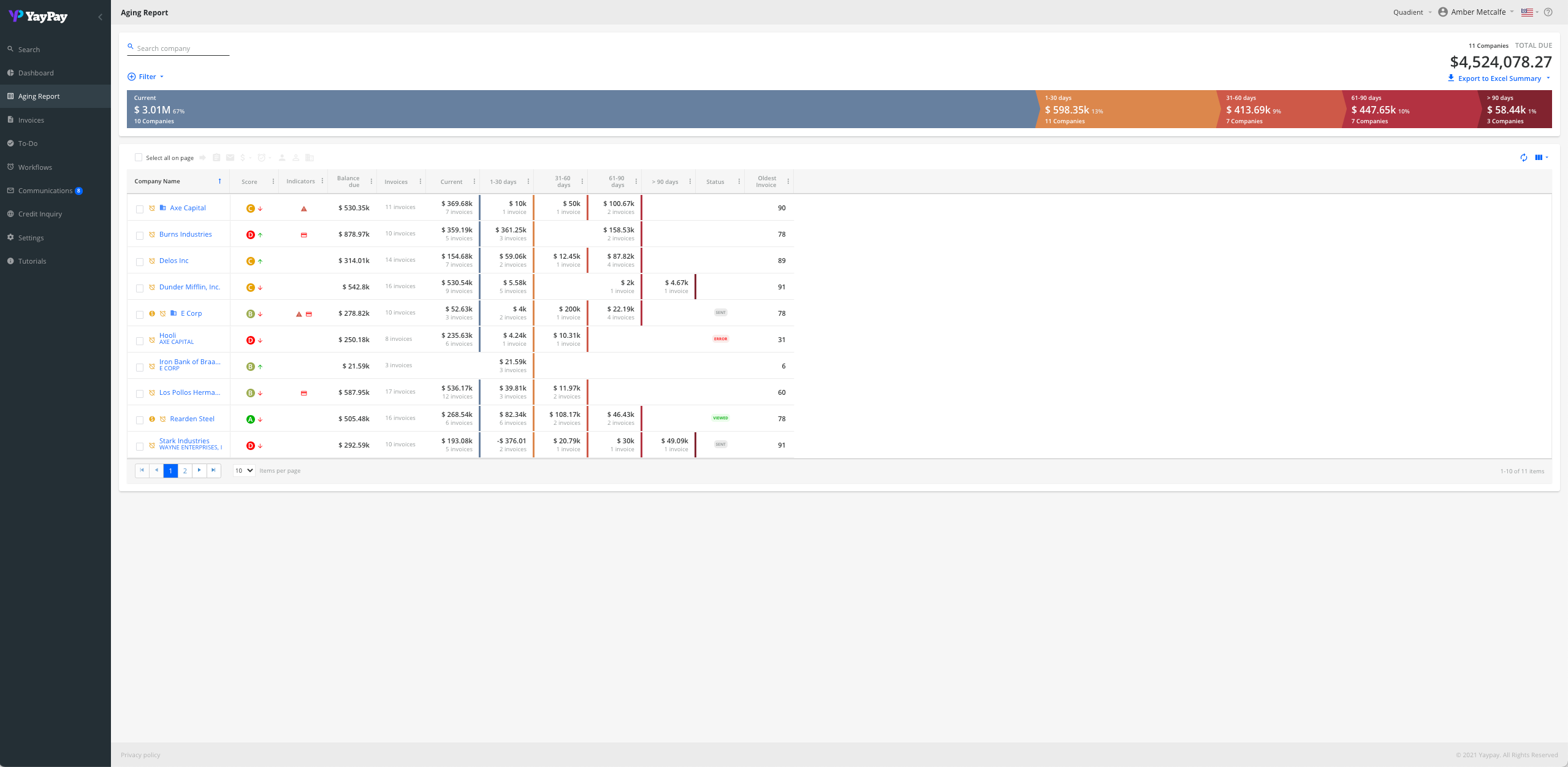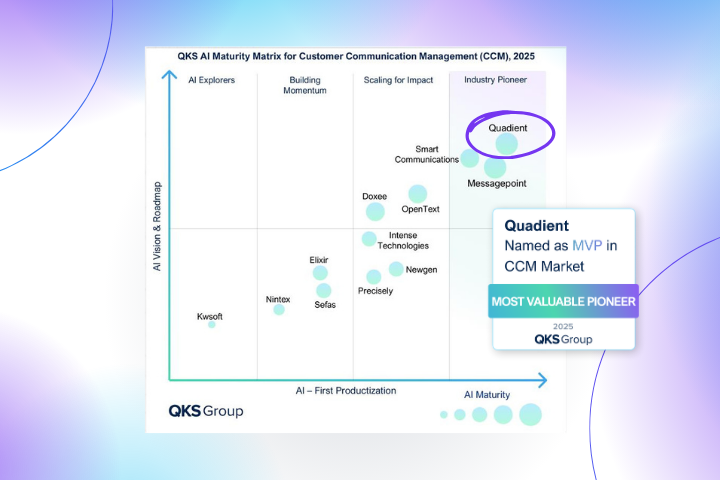
Most companies are good at responding to late payments on a case-by-case basis, working with customers to understand why their payment is overdue and what can be done to resolve the issue. The problem is that this approach is a bit like trimming the leaves of a weed. You may make it look smaller, but if the roots are still firmly in place, the problem will remain.
Root cause analysis addresses the core of the issue, helping your organization understand the systemic problems that are causing late payments and delinquent accounts.
Root Cause Analysis - the process of discovering the root causes of problems in order to identify appropriate solutions
Applying Root Causes Analysis to Accounts Receivable
Once your company has decided to undertake root cause analysis, there are simple steps to follow.
- Form a Team – While it’s theoretically possible for a single person to perform the analysis, it’s better to incorporate a team that includes people who are involved in the accounts receivable process at various levels, from AR representatives to controllers. By including people with hands-on experience, you ensure that your insights are not just theoretical, but practical.
- Define the Problem – Before you can understand why something is happening, it’s important to state exactly what is happening. What is the issue you are looking to solve? Recurring late payments? Frequent disputes? High customer churn?
- Collect Data – After identifying the issue, collect all the relevant data on it. Document all the characteristics and specifications that will help you define contributing factors. For instance, do late payments occur more frequently during certain seasons? Are specific industries responsible for most late payments? Is the issue a recent development or an ongoing one?
- Determine Potential Causes – After gathering relevant information, you can then begin to ask “Why?” What are the potential causes? Could late payments be tied to credit terms that are too restrictive? Lax credit policies? Have there been changes within a particular industry that could cause businesses to hold onto their cash longer? Using a causal graph can help team members visualize the information and make it easier to grasp.
- Find the Root Cause – Having outlined potential causes, the next step is determining the root causes. A variety of different techniques can be used in this process, such as fishbone analysis, 5 Whys analysis, or a Pareto chart.
- Prioritize – After a list of root causes has been compiled, the team then examines each to determine its impact on the problem. They are arranged in order of importance, with the items contributing the highest impact being tackled first.
- Suggesting and Implementing Countermeasures – The final step in the process is coming up with countermeasures to address the root causes your team has uncovered and then outlining steps to implement them. This will require revisiting to assess the effectiveness of the countermeasures and to make revisions as necessary.
Featured Resource: The 5 Stages to Mastering Accounts Receivable
What Role Does Automation Play?
Adopting a holistic approach like root cause analysis will naturally be a more time-intensive endeavor than reacting to each issue on a case-by-case basis. However, it will also yield long-term results that have a more significant impact. And automation software can help lighten the load.
Adopting an automation solution that integrates with the rest of your tech stack allows you to access all relevant information on your accounts from a single location, rather than wasting time combing through multiple systems.
The software aids in analysis using AI and machine learning, which identifies recurring payment behaviors and makes predictions about the future, allowing you to easily identify trends and potential problems in the information-gathering stage of root cause analysis.

Visualization of the data is also supported through customizable reporting which then collates the information into easy-to-understand charts and graphs based on the specific metrics relevant to your analysis. The completed reports can then be easily shared through the system with all relevant members of the root cause analysis team, giving the right people access to real-time data.
By embracing a thorough approach to understanding AR problems and allowing automation technology to help with labor-intensive tasks, you can set your team up for immediate success, as well as improved long-term performance.








